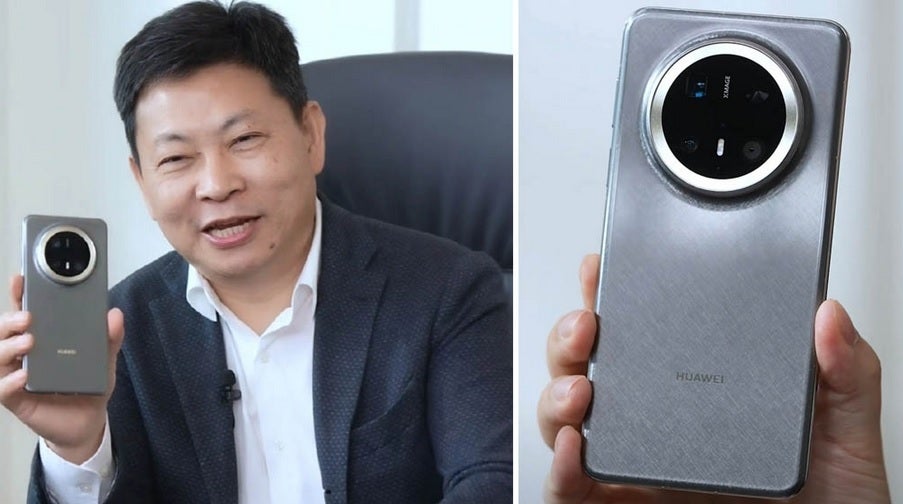goal advertisement Third-party augmented reality (AR) filters will no longer be available in their apps starting in January 2025. This means more than Two thousand User filters available on WhatsApp, Facebook, and most notably Instagram will disappear.
Filters have become a staple on Instagram. Most of the real stuff—which often involves beautifying a user’s appearance—is lifted only by users’ hair through Meta Spark Studio.
But the use of cosmetic AR filters is often associated with Exacerbating mental health and body image issues In young women.
In theory, the removal of most Instagram filters should signal a turning point for unrealistic beauty ideals. However, the removal process is time-consuming and will likely require the use of a filter for the subreddit.
Very similar to what was previously announced. Teen Stories For Instagram, removing and changing technologies after years of driving their use offers little more than a band-aid approach.
Filters are popular – so why remove them?
Meta rarely provides information about technologies and business practices unless it is absolutely necessary. This case is no different. Don’t appear to be unmotivated by user harm, even when using your own device. The internal investigation indicates The use of Instagram and filters contributes to improving the mental health of young women.
So why wait until now to remove a popular (and more controversial) technology?
officially, Transmissions It aims to “prioritize investments over other company priorities.”
AR filters are likely also a victim of the AI boom. In April, Meta committed to investing between 35-40 billion US dollars Technology is developing augmented reality technology internally.
Filters won’t disappear completely on Instagram. The basic filters created by Meta will still be available. The display of filters available on the official Instagram account (currently 140) is insignificant compared to the library of thousands of filters created by third parties.
Instagram's official filters also offer less diverse types of AR experiences, and their account doesn't have any beauty filters.
Or do you have two beauty filters? Not exactly.
The goal is to remove filters once in 2019, embora o to forbid It only applied to “surgery” filters and was reversed. Request from Mark Zuckerberg After a transient execution.
Informally named for their ability to mimic the effects of cosmetic surgery, they are surgical filters only. Most popular type Instagram filter.
We are also more controversial, with users searching for surgery and “Settings“To mimic your filtered photo. In my research analyzing and designing two beauty filters on Instagram, we found that 87% of the filters were applied to the user’s nose and 90% were applied to the user’s lips.
Removing third-party filters would mean removing these types of advanced, realistic beauty filters from Meta's platforms.
However, this is not a reason to commemorate. When Media coverage analysis After the first filter was banned, we discovered that users were talking about removing surgical filters and trying to find ways to access them by any means.
Now, seven years after Instagram’s AR filters were introduced, users are more accustomed to their presence. They also have plenty of alternatives to accessing a version of the technology inside another app. And that’s troubling for a few reasons.
Watermark and Photo Literacy
When you post using the filter on Instagram, a water brand associated with the filter and its keeper will appear in the image.
This watermark is important to help users determine whether the appearance of something has been altered or not. Some users circumvent the watermark by downloading the leaked image and redirecting it to make it harder to detect the leaked appearance.
By removing popular beauty filters from Instagram, this “secret” practice will become the norm for users to post these filters on the platform.
Forcing users to use filters in secret adds to another problem with visual literacy.
Young women and girls feel inadequate compared to the edited and leaked images online (including yourself).
Some of the newer TikTok filters, like or viral,Ballet sparkle“It uses artificial intelligence (AI-AR) technology that blends the user's face as a beauty filter, trained on a databank of “ideas” images.
On the other hand, AR filters typically overlap the scene (similar to a mask) and we distort the user’s resources to match them. The result of these new AI-AR filters is a pattern of beauty that is very realistic, but not quite comparable.
Removing two of Instagram’s beauty filters won’t make them unusable. Instead, users will have to move to other platforms to access the filters. Along with Bold Glamour, these filters will be more complex and harder to spot when shared across different platforms, without the benefit of a watermark indicator.
Only 34% of Australian adults feel confident in themselves. Media literacy skillsThose with less sophisticated digital resources. Visual literacy It is increasingly difficult to tell the difference between edited and unedited images. Add to this or augment AI generative images rapidly and we are entering semi-previous area.
Embora is removing two beauty filters at the most important moment because they were so important, and it’s a genius of the bottle. And with Instagram now removing its already popular beauty filters (and their accompanying watermark), the problems associated with using non-Instagram filters aren’t going away, they’re simply going to become more difficult to manage.![]()
Lauren A. MillerUsing augmented reality filters and digital beauty cultures on social media, Swinburne University of Technology
This article was republished from To speak Under a Creative Commons license. Leah O. Original Artego.




